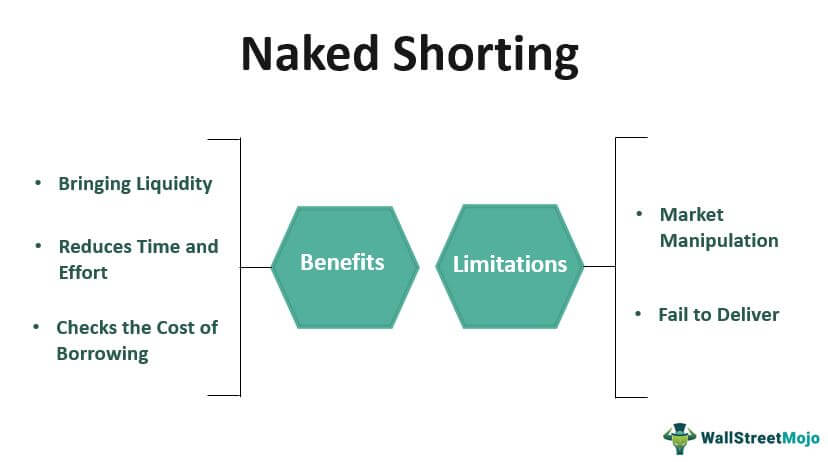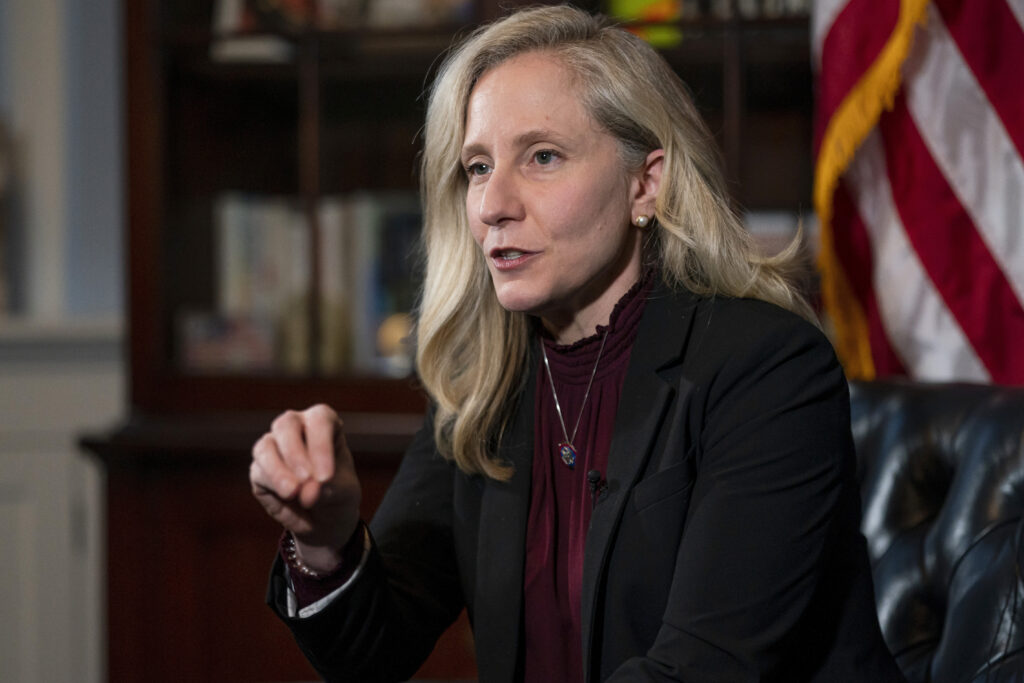Browsing History
In the 1995 cult classic Mallrats, Brodie and his buddy T.S. are engaged in a debate over the definition of a food court:
Brodie: Cookie stand is not part of the food court.
T.S.: Of course it is.
Brodie: The food court is downstairs. The cookie stand is upstairs. It’s not like we’re talking quantum physics here.
T.S.: The cookie stand counts as an eatery, the eateries are part of the food court.
Brodie: Bullshit! Eateries that operate within the designated square downstairs qualify as food court. Anything outside of said designated square is considered an autonomous unit for mid-mall snacking.
Brodie is right—the food court is a specifically designated area. The first one appeared in 1971 at the Plymouth Meeting Mall in Pennsylvania—it flopped because it was too small and offered little variety. But then came the food court at the Paramus Park Mall in New Jersey three years later. It was bigger, had better selections, and, more important, was located on the second floor, forcing visitors to go that extra distance, thereby increasing the odds of their purchasing something along the way.
In fact, everything about the mall, from its layout to the sounds and smells (from places like Mrs. Fields and Cinnabon), is designed for you to spend more time and money there. Which turns out to be an easy sell. As Alexandra Lange writes in Meet Me by the Fountain: An Inside History of the Mall, we are drawn to shopping centers because of our inherent need to be together—think of the agora in ancient Greece.
“People love to be in public with other people,” writes Lange. “Seeing happy families is the core of the mall’s strength, and the essence of its ongoing utility. In postwar suburban America, the mall was the only structure designed to fill that need.”
The person most responsible for conceiving this structure is Victor Gruen. An Austrian immigrant, Gruen was part of the design team at the 1939 World’s Fair that envisioned America in 1960. The model contained multi-lane highways with thousands of cars, not to mention enormous skyscrapers and airports. (It was called Futurama.)
Gruen’s original concept for the mall—a word derived from London’s Pall Mall street—was a place that not only included retail but also the post office, library, and medical facilities in a setting replete with fountains, plazas, and greenery. The aim was to transform shopping into a
" Conservative News Daily does not always share or support the views and opinions expressed here; they are just those of the writer."





